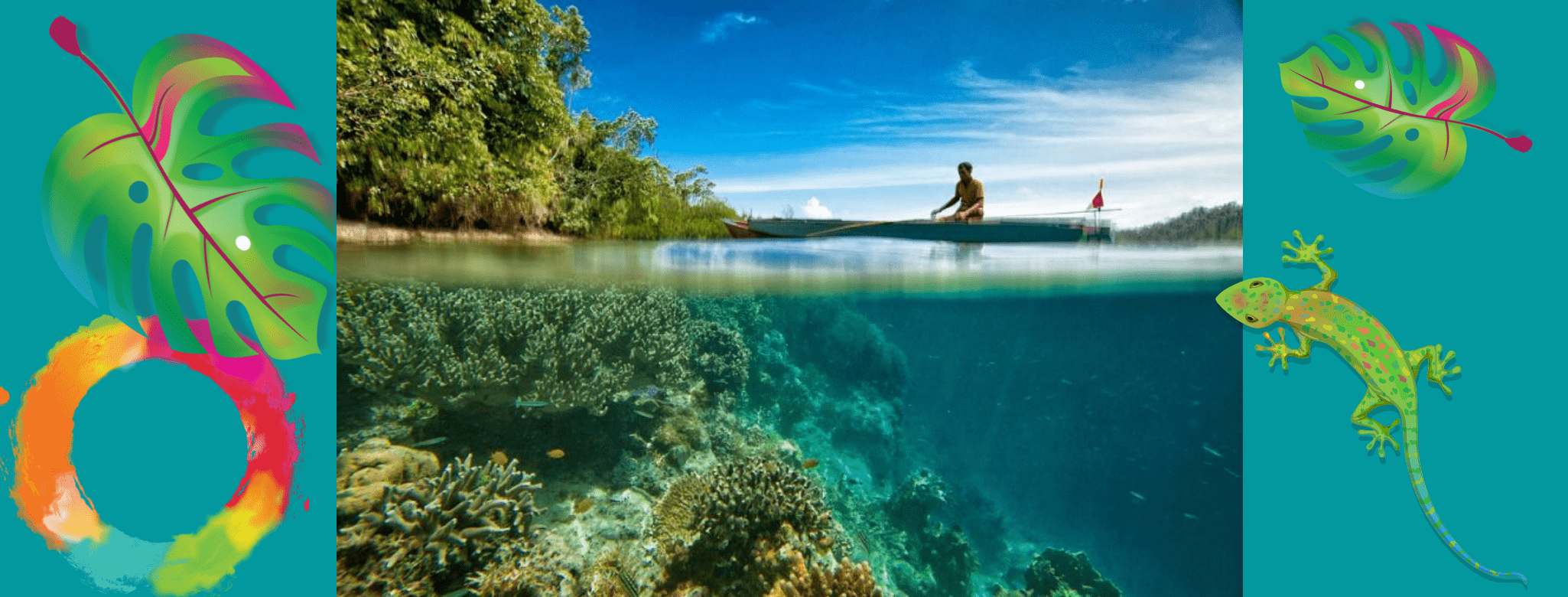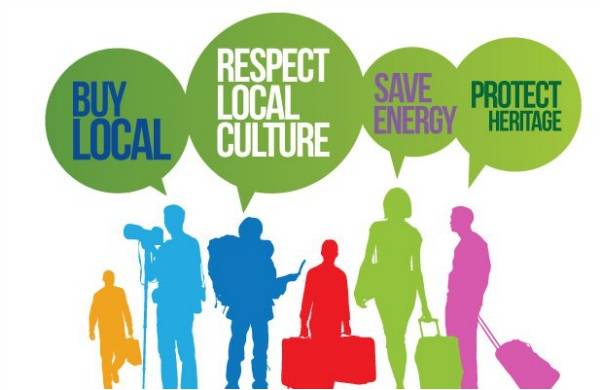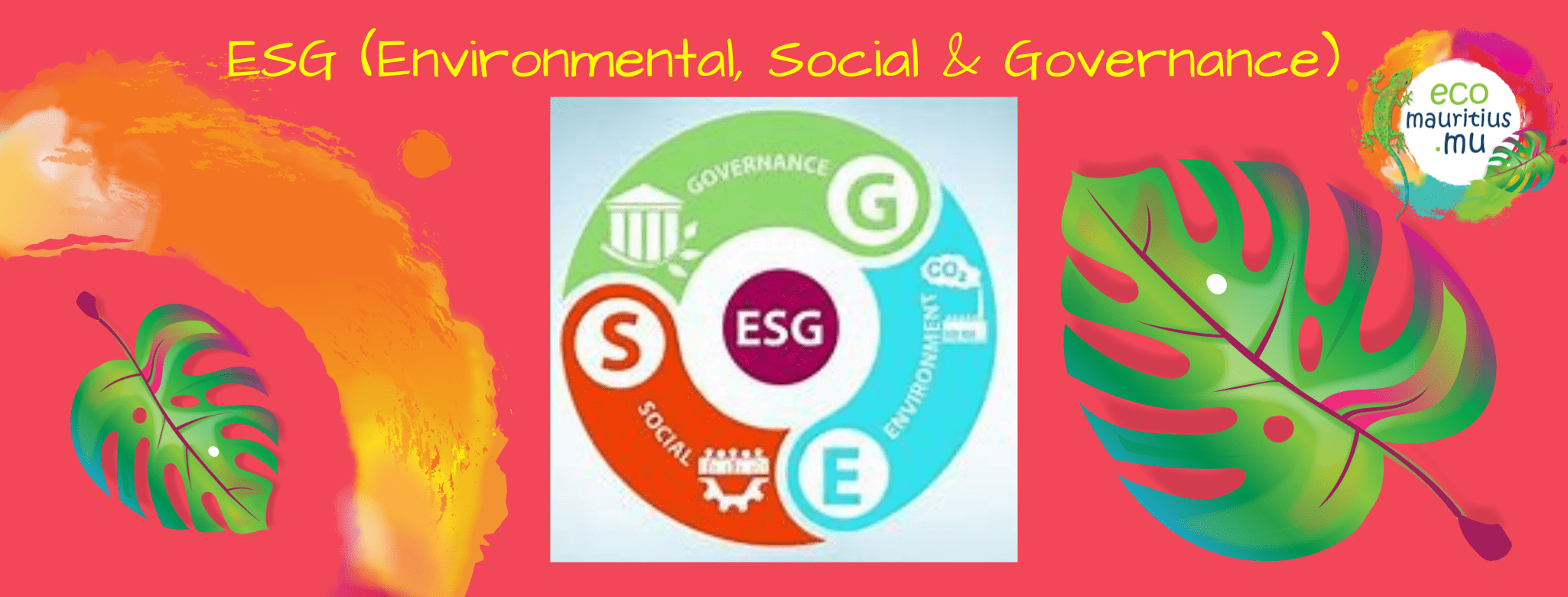
Sustainable tourism is travelling and exploring a place while respecting the environment, the people, and the culture of that destination. Also called responsible tourism, it is about addressing the needs of visitors as well as those of the local community and the industry, with a focus on the environment.
Sustainable tourism is a concept that cannot be successful without the involvement of all related stakeholders from the tourism industry, the local communities and, of course, the authorities to ensure and continuous and constant development in the long term. This needs to be done keeping in mind the growth of the industry and the satisfaction of tourists. The role of the tourist actors is also to promote responsible tourism practices within their teams but among the tourists as well.

The twelve main goals for sustainable tourism laid out in 2005 by the World Tourism Organisation (WTO) and the United Nations Environment Program are as follows[1]:
- Economic Viability: To ensure the viability and competitiveness of tourism destinations and enterprises, so that they can continue to prosper and deliver benefits in the long term.
- Local Prosperity: To maximize the contribution of tourism to the economic prosperity of the host destination, including the proportion of visitor spending that is retained locally.
- Employment Quality: To strengthen the number and quality of local jobs created and supported by tourism, including the level of pay, conditions of service and availability to all without discrimination by gender, race, disability or in other ways.
- Social Equity: To seek a widespread and fair distribution of economic and social benefits from tourism throughout the recipient community, including improving opportunities, income and services available to the poor.
- Visitor Fulfillment: To provide a safe, satisfying and fulfilling experience for visitors, available to all without discrimination by gender, race, disability or in other ways.
- Local Control: To engage and empower local communities in planning and decision making about the management and future development of tourism in their area, in consultation with other stakeholders.
- Community Wellbeing: To maintain and strengthen the quality of life in local communities, including social structures and access to resources, amenities and life support systems, avoiding any form of social degradation or exploitation
- Cultural Richness: To respect and enhance the historic heritage, authentic culture, traditions and distinctiveness of host communities
- Physical Integrity: To maintain and enhance the quality of landscapes, both urban and rural, and avoid the physical and visual degradation of the environment
- Biological Diversity: To support the conservation of natural areas, habitats and wildlife, and minimize damage to them
- Resource Efficiency: To minimize the use of scarce and non-renewable resources in the development and operation of tourism facilities and services
- Environmental Purity: To minimize the pollution of air, water and land and the generation of waste by tourism enterprises and visitors.
[1] Ibid.
When we talk about sustainable tourism, we also mean responsible tourism which emphasize more on the responsibility of the industry towards the local communities. It’s more about involving locals in the decisions pertaining to tourism developments as well as in the economic benefits gained from tourism activities, such as employment, consuming locally produced food, favoring local products. Responsible tourism is also promoting the discovery of the natural environment and its preservation, in collaboration with the local communities and the visitors, supported by private and public organisations. “Responsible Tourism is about making “better places for people to live in and better places for people to visit”: in that order.”
Another form of sustainable tourism is ecotourism which, according to the International Ecotourism Society (TIES), ecotourism is defined as: “Responsible travel to natural areas that conserves the environment, sustains the well-being of the local people, and involves interpretation and education”
Ecotourism should provide direct financial benefits for conservation and local people and is focused on the conservation of natural resources.
Sustainable tourism is not a fashion trend. It is one of the world major economic industries and a significant source of employment globally. As such, the industry requires a huge amount of resources, and according to how these are managed, they can have extremely positive or negative effects on the social, environmental, cultural and political development of a country. It is therefore essential to have a smart planning and management for the industry to be sustainable.


Tourism impacts
Tourism has an effect mainly on the environment, the sociocultural aspects, and the economy of a country.
Environment – Many countries sacrifice their environment to build infrastructures being part of their modernization and tourism development plans – roads, tourism facilities, golf courses, marinas …-, but this will only cause an adverse effect as the environmental resources on which tourism depends are destroyed.
Tourism is usually a sector that puts a huge pressure on the environment, with the sea and visual pollution it can generate, soil erosion, disturbance in the natural habitat of local fauna and flora, excessive use of water resources, among others.
However, there is currently a global raise in awareness and in the need to protect the environment. There are more and more tourism players contributing financially or setting up sustainable tourism projects for their industry, and for the communities at large.
Socio-cultural aspects –We talk about socio-cultural impacts when it comes to how the community is affected. It can be through direct or indirect interactions with the tourists and with the tourism industry in general. This is the aspect which is the most difficult to measure as it relates to how the values, the lifestyle and even the identity of the local hosts can be affected.
Job creations, the promotion of local traditions, the interactions with locals, if well planned and managed, can generate positive impacts on the community.
Economy – Tourism is one of the most profitable sectors of the economy, and countries depending on this sector need to focus on a sustainable development to improve their economic outcome. The tourism industry needs to include the environmental and socio-cultural aspects to be able to have an economic growth that will be sustainable in the future.
Can we measure sustainable tourism?
Even if it does not seem very simple, there are some measurables we can take in account to determine if an activity is sustainable. For example, we can measure energy consumption, water consumption and waste production, for instance, in a hotel, it would be measured per guest per night. There is also a benchmarking that is made among similar businesses in the same industry to keep track and improve methods and practices.
Facts & Figures – The big picture*
- Over three-quarters of businesses (77%) currently have practices in place to reduce the impact their business has on the environment. Australasian and North American businesses are the most likely to have eco-friendly practices in place (both 84% vs. 77% overall), which falls to 73% among European properties.
- The EU tourism industry generates almost 3,7% of the EU GDP[1], with about 1,8 million enterprises employing around 5% of the total labour force (approximately 11,3 million jobs). When related sectors are taken into account, the estimated contribution of tourism to GDP creation is much higher; tourism indirectly generates around 10% of the EU’s GDP and provides about 11% of the labour force.
- Tourism accounts for 5% of global carbon emissions: 4% is attributed to transportation, close to 1% to the accommodation sector and a small amount to other tourism activities. (Source: UNWTO/UNEP, Climate change and tourism, 2008)
- A tourist uses from 84 to 2,000 liters of water per day, depending on length of stay, size and amenities in the hotel, type and amount of food consumed, and other factors. (Gössling et al., 2012)
- Globally, the world’s 32,000-plus golf courses use an estimated 9.5 billion liters of water per day to irrigate their greens. (Source: Gössling et al., 2012) An average golf course in Spain uses as much water as a town of 12,000 people. (Source: Lucia de Stafano, “Fresh Water and Tourism in the Mediterranean,” WWF, July 15, 2005)
- 70% of people believe companies should be committed to preserving the natural environment and 55% want fair working conditions (TUI Travel 2010)
[1] *Travel & Tourism ECONOMIC IMPACT 2016 EUROPEAN UNION LCU








